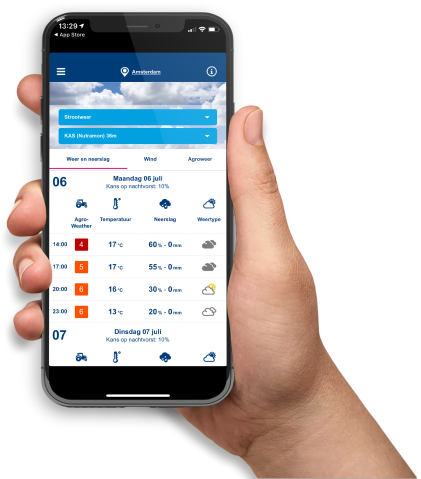Spreading pattern
The spreading pattern is determined by a combination of the spreader and the fertiliser used.
Differences in fertiliser quality produce different spreading patterns. There are two spreading profiles, i.e. the triangular and the trapezoidal profile.
Under optimum conditions, both triangular and trapezoidal spreading profiles can achieve a good spreading pattern.
However, spreading profiles differ in terms of sensitivity to wind and weather influences and operating errors. In theory, a trapezoidal spreading pattern is more prone to errors than a triangular profile. This is because a trapezoidal spreading pattern creates less overlap.
The working width of a spreader also has a big impact on the spreading profile. In fact, the working width determines the spreading profile. A working width of about 30 metres produces a triangular spreading profile. This is when the coefficient of variation is smallest. Even with a deviation of a few metres, the coefficient of variation does not exceed 5%. The coefficient of variation therefore indicates the distribution accuracy of granules when mineral fertilisers are being spread. A triangular spreading pattern is often more accurate because there is a larger overlap than with a trapezoidal spreading pattern. A working width upwards of 30 metres produces a trapezoidal spreading profile.
A pneumatic spreader creates a rectangular spreading pattern with no overlap. It is therefore possible to achieve very accurate spreading with this spreader.




